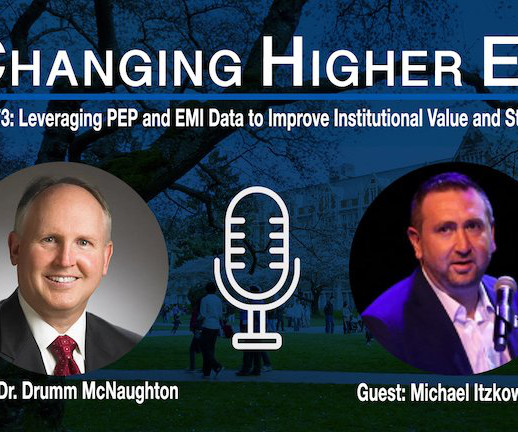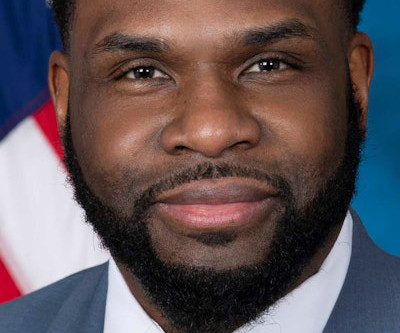How higher education leaders can institute and support financial literacy programs for their student body
Higher Ed Connects: Student Success Blogs
MARCH 15, 2020
Financial Literacy and Education Commission, between the academic years of 2004-2005 and 2015-2016, the cost of undergraduate tuition, fees, and room and board at public institutions rose 34%. This means that more students have taken on debt to pay for college—much of which consists of federal government loans totaling more than 1.5












Let's personalize your content